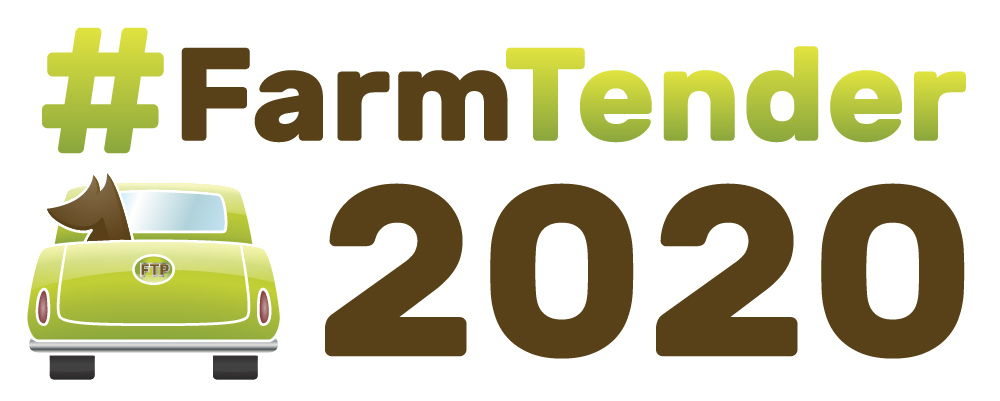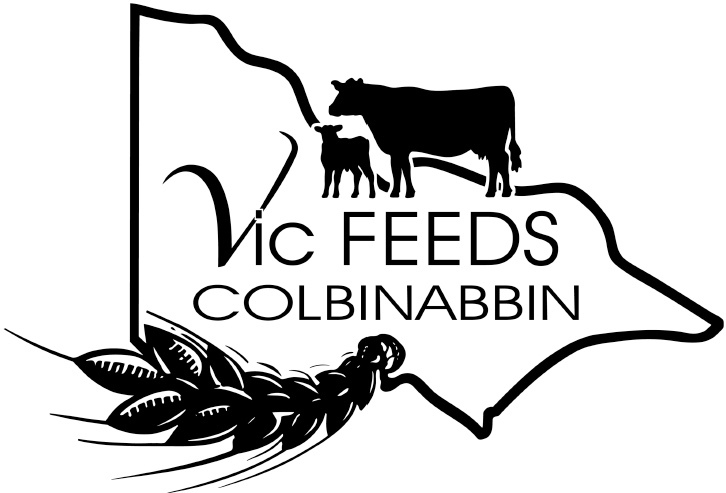Ag Tech Sunday - 3 question Farmers need to ask
- By: "Farm Tender" News
- Ag Company News
- Feb 15, 2020
- 795 views
- Share

This article is bought to you by Vic Feeds.
There’s no question that technology has burst into the agriculture industry at a breakneck pace over the past half-decade. From 2013 to 2018, investment to upstream agtech startups (enterprises closer to the farmer, rather than restaurants or groceries) went from $1.5 billion to $6.9 billion, according to AgFunder.
That’s 360% growth in five short years. Last year alone, more than 800 separate deals were made, pumping money into enterprises that are developing products for farm management software, robotics, biotech, bioenergy and much more. The diversity is amazing, but all agtech has a common denominator – the desire for access to a small part of the farmer’s pocketbook.
Here’s the challenge: No farmer has the time, energy or wealth to try more than a handful of new agtech on his or her operation each year, let alone anything approaching 800. So what does smart prioritization look like in an age of unprecedented choice?
Connor Lankford, precision ag manager with Idaho-based Valley Agronomics, is well aware of the situation. Lankford says Valley tries to mirror the approach of forward-thinking farmers through a healthy dose of experimentation.
#FarmTender2020 - Focus on Farming Systems - June 5th, Bendigo, Vic

Tickets available now - click here
“We like to pick up new technology and experiment on a small scale with just a few growers and expand what works,” he says. “Our goal is to lower some of the barriers to entry and make it easier to try new things.”
Valley includes an optional package of agtech products for its customers to try each year. Last year’s grab bag included a chlorophyll index and center pivot monitoring tool from Ceres Imaging, plus variable rate functionality, soil surveys and more. Technologies that prove their worth (such as some prior products from Ceres) get moved into the company’s core product lineup.
Valley’s strategy is one that could be easily duplicated by individual farmers. Yet the basic conundrum remains – what’s the best way to cut through the clutter?
Lankford says farmers can answer that questions by asking three other questions about any new agtech they are thinking about adopting on their operation:
- Does it bring a return on investment?
- How does it work? (i.e., does it increase yields or reduce costs?)
- Does it make your life easier?
Often times, that third question gets lost in the shuffle, Lankford says. But every operation, no matter how big or small, is afforded the same 24 hours to get the job done every day.
“What’s your time worth?” he ponders. “It may be work exploring whether a technology simply reduces a load and frees you up to do other things.”
There’s little doubt that agtech options will continue to grow. Grand View Research predicts that precision farming will see an annual growth rate of more than 14% through 2025. As new technology enters the fray, don’t be afraid to keep asking questions












Share Ag News Via